In places like Australia, New Zealand and parts of the British Islands, rural roads are sometimes separated from fields by both fences and wide grass verges. Often referred to as the “long acre,” many farmers take advantage of this otherwise unused green space to feed herds and flocks, or move them along roadsides between fields or farms.
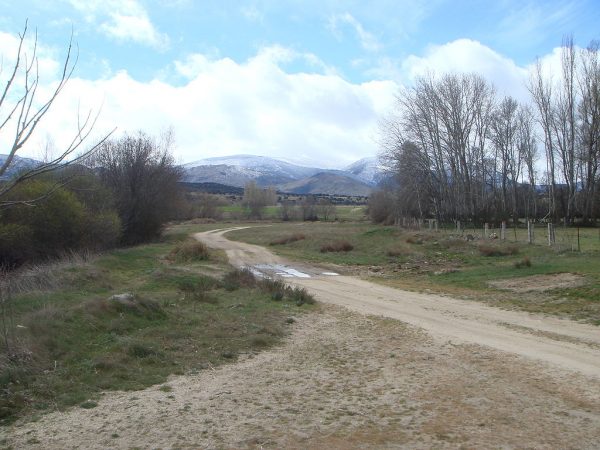
City and suburb dwellers will of course also be familiar with roadside strips of grass. In fact, there are as many names for those slim semi-public “verge” spaces (typically between streets and sidewalks) as there are everyday safety, aesthetic and ecological uses for them.
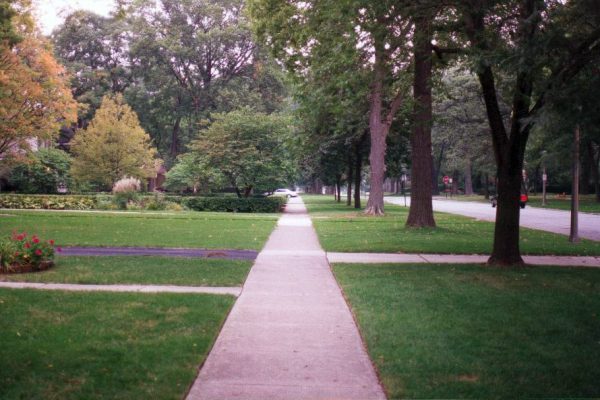
In New Zealand and some parts of the United States, they are often called berms. In parts of Canada and the Upper Midwest, they are known as boulevards. In places along the East Coast and West Coast they are sometimes referred to as curb strips. They can also be referred to as sidewalk lawns or sidewalk plots in the American South, swales in South Florida or devil strips in Northeastern Ohio.
Other alternate names include: besidewalk, grassplot, park strip, hellstrip, median, road allowance, tree belt, planter zone and furniture zone (since they provide space for trees and plants as well as utility poles, fire hydrants and other “street furniture”).
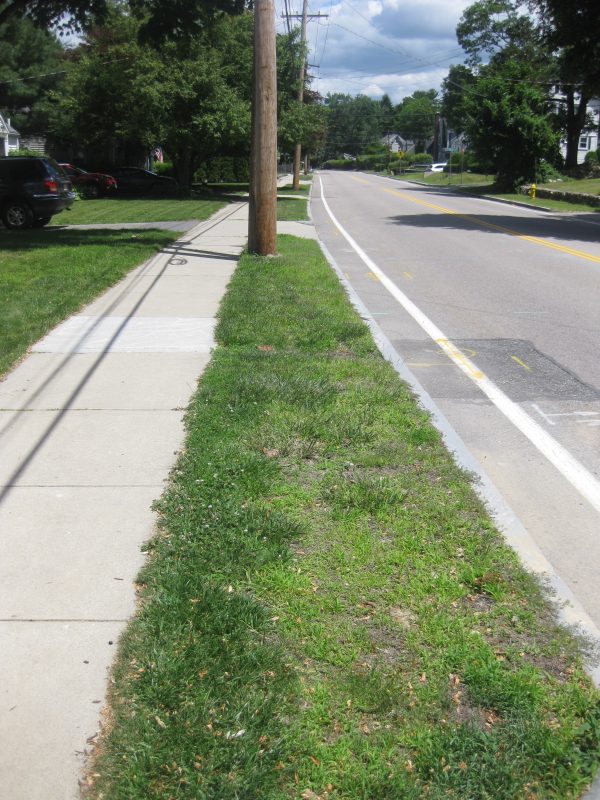
By whatever name, these zones can serve aesthetic functions and help improve pedestrian safety, acting as a barrier between sidewalks and traffic as well as reducing the risk of vehicular puddle spray. Verges can also house useful public amenities, like street lights and bus shelters.
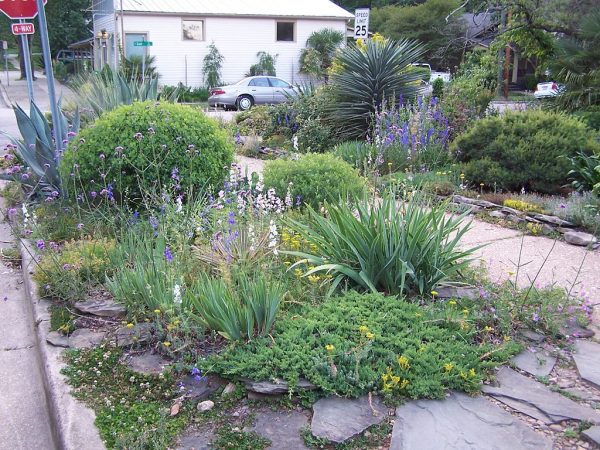
They can be part of ecological landscape planning, too, managing runoff, mitigating water pollution and serving as wildlife habitats. In colder regions, they can function as repositories for plowed snow. Municipal authorities are often responsible for their maintenance, though in some places management is left to local residents.
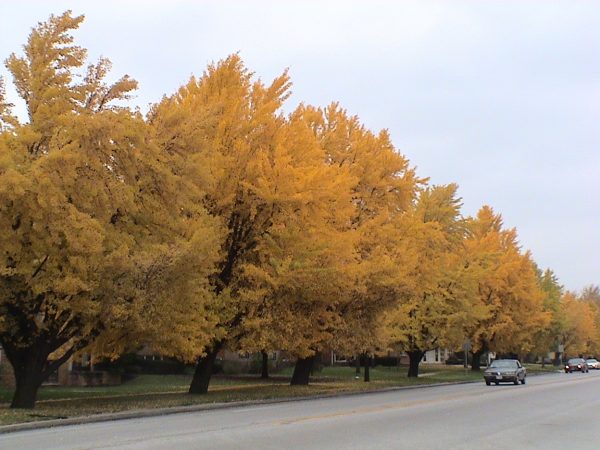
But verges comes at a cost, too: in packed urban areas, they arguably represent underutilized space (for buildings or architecture), particularly when coupled with building setbacks. In many dense and cozy old cities, verges are entirely absent.
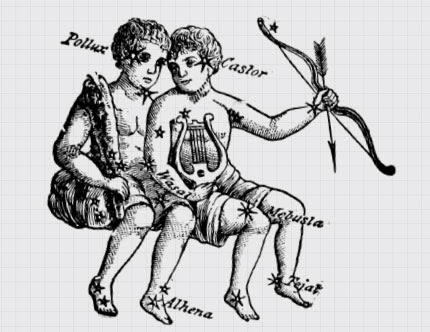


Comments (6)
Share
Heck yeah! I was waiting for Devil Strip to come up! The name is even more specific than NE Ohio; it pretty much sees common use only in Akron or it’s suburbs. In Cleveland, for example, people usually seem to say Treelawn or berm!
I call them “eminent domain” and it’s one of my pet peeves taking care of that crap. I wish i could pave it. maybe I can. But there are 2 huge trees that fall in this strip and they drop little branches and sticks all over the lawn. I loathe those trees and taking care of that strip. Only for eminent domain to come through and claim it for the township one day.
Yep – as a young hoon in NZ quite often we would overcook a corner and “feel the berm”.
Every youth has to pay for a wheel alignment sometime in their life.
They’re known as ‘nature strips’ here in Australia.
The civil engineers around Madison Wisconsin call them “terraces.” The city owns them, the owners are required to take care of them and owners are not permitted to plant shrubs, ornamentals, food nor political signs in terraces. (We do anyway.)
Here’s an example of a practical and community based approach to the utilization of these spaces.
https://www.ted.com/talks/ron_finley_a_guerilla_gardener_in_south_central_la